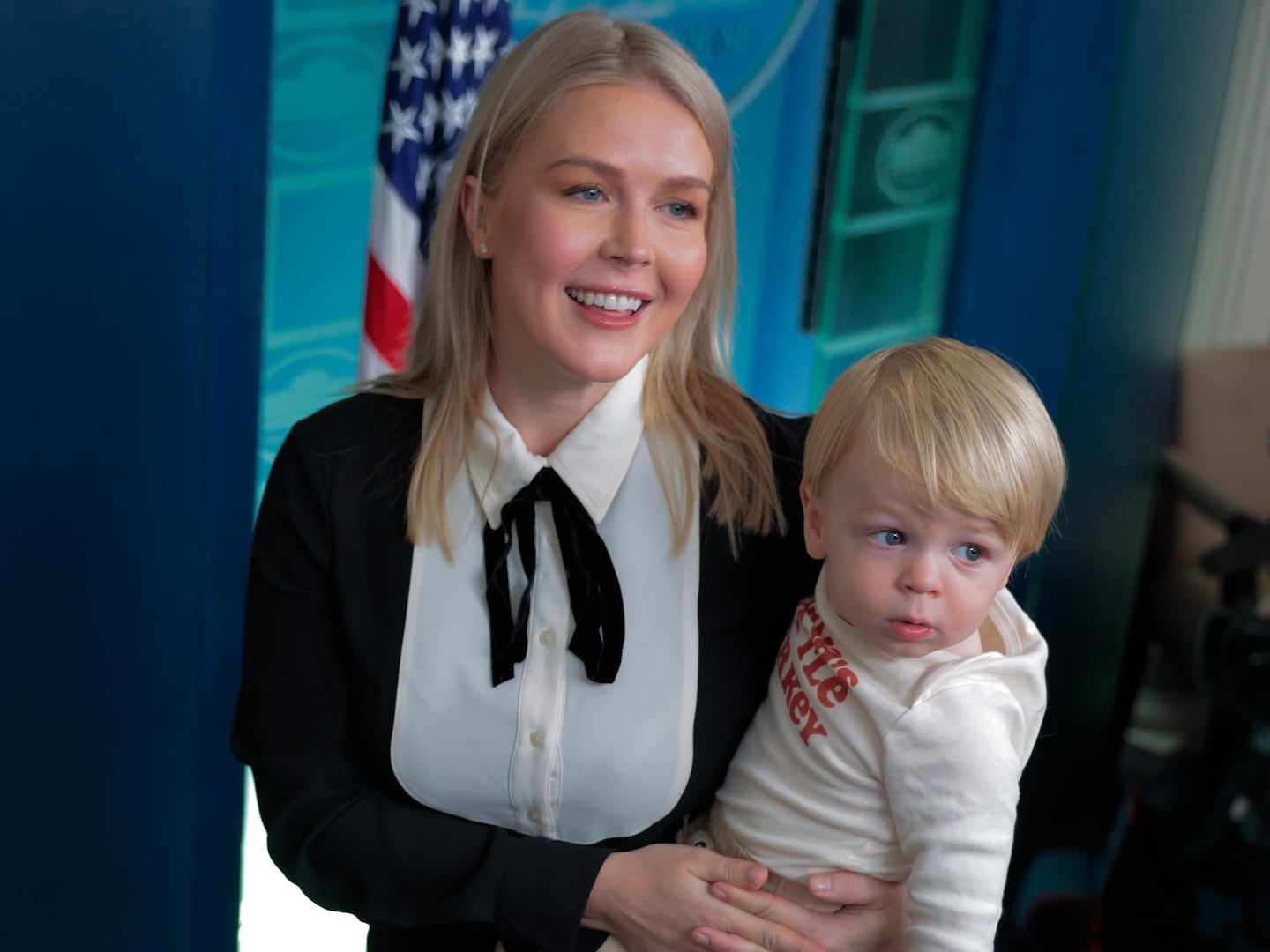There is perhaps no Halloween costume more clichéd than the easy-peasy “bedsheet ghost,” the most primitive of which can be fashioned with nothing but white linens and scissors for eyeholes.
We’ve seen it worn by characters like Charlie Brown, Michael Myers and Spongebob Squarepants (who was chagrined to be mistaken for a “haunted mattress,” prompting him to shave down his rectangular body’s corners.)
But if pop culture has solidified our image of this DIY spectre as a go-to Trick-or-Treating getup, then it begs the question: how the heck did we decide that ghosts look like walking sheets? And does anyone actually wear this on Halloween?
Ghosts in popular culture haven’t always looked like purloined bedding. In Shakespeare’s time, the ghost of Hamlet’s father famously wore body armor, presumably to evoke 14th Century Denmark for Elizabethan era audiences.
In Charles Dickens’ classic novel A Christmas Carol, the ghost of Ebenezer Scrooge’s business partner Jacob Marley wore the clothes he wore during life, complete with a set of chains.
Even dramatic depictions of modern-day ghosts are more likely to look like people than laundry (see Dr. Crowe in The Sixth Sense, or Susie in The Lovely Bones).
But representations of ghosts in street clothes (even those of centuries-ago Scandinavia) presented a few logistical challenges for artists: namely, how do you make sure audiences can tell the difference between living characters and dead ones? And how do you get the ghosts costume to stop all that noisy creaking?
Thus, the image of the “bedsheet ghost” became more popular, as a sort of expository workaround employed by directors and illustrators.
Instead of the clothes that they died in, more and more ghosts began popping up in their burial shrouds--which look an awful lot like 21st Century sheets. Throughout the 19th and into the 20th Centuries, the cloudy and billowing aesthetic we tend to associate with spectres dominated popular ghost stories.
Halloween as we know it today finds its roots in turn-of-the-Century America, where folk traditions imported from multiple European countries began to intermingle within immigrant communities.
Given the major influx of Irish arrivals in wake of the mid-19th Century potato famine, it is no surprise that Halloween borrows heavily from Celtic paganism: including nods to spirits of ancestral dead, costumes, and a neighborly ritual that would eventually become Trick-or-Treating. Early Halloween costumes tended to be simple, spooky, and cheap--which naturally led to bedsheet ghosts.
Halloween’s earliest years thus became the costume’s heyday. The 1916 children’s book Halloween at Merryvale includes an illustration of several young spooks at a Halloween Party, and Norman Rockwell drew a little girl in bedsheet alongside her faux-frightened grandpa on a 1920 cover of the Saturday Evening Post.
The trend continued into the early years of the Great Depression: photographer Phyllis Galembo’s photo series of historic Halloween costumes, chronicled in the book Dressed for Thrills: 100 Years of Halloween Costumes and Masquerade, included a homemade pillowcase ghost mask from the ‘30s.
But if the gradual cultural shift toward envisioning haunted characters in white burial shrouds created a new stereotype for how ghosts should look, it also created ample opportunities for aspiring hoaxers—and not only children celebrating a new holiday.
In his book The Haunted: A Social History of Ghosts, Owen Davies notes that the increasing visibility of such aesthetic conventions gave rise to a scourge of bedsheet-wearing ghost impersonators in 18th and 19th Century London:
“They were most commonly perpetrated in urban areas where the streets and churchyards, even at night, provided a large and captive audience. In 1761, residents around Westminster Abbey and St John’s churchyard, Millbank, got up a subscription of five guineas as a reward for any person or persons that captured a ghost impersonator that was terrorising the neighbourhood and frightening the ‘weak minded’.
“The servant of a local gentleman was duly caught wrapped in a white sheet with the corners hanging over his head. One night in April 1804 a ghost was pursued through the streets around St Paul’s churchyard, London, until it found itself cornered, rather fittingly, in a dead end. It turned out to be a man who had dressed in a white muslin robe and whitened his legs with chalk.”
Davies goes on to describe decades of similar incidents, concluding that most ghost pranksters did it simply to spook locals for kicks. (Although an insidious few were allegedly trying to frighten people into fleeing their homes, for purposes of burglary.)
Other adults had reason to pass themselves off as ghosts as well. Beginning in the mid-19th Century, the United States and United Kingdom experienced a rise in the practice of Spiritualism, largely associated with beliefs in mediums and communication during the afterlife.
Lisa Morton, author of Trick or Treat? A History of Halloween and The Halloween Encyclopedia, believes the popularity of Spiritualism not only made the public more amenable to ghost-sightings, but also gave hack mediums an incentive to prove their credibility by channeling ghosts.
“It was a big deal if they could--quote, unquote--materialize a spirit,” Morton explained in a phone interview. “And they could often do this by rigging up a sheet.”
Indeed, there are dozens of cases of disgraced Spiritualist mediums outed as frauds for ghost mimicry, spanning well into the 20th Century.
French medium and photographer Edouard Buguet spent a year in jail for fraud in 1874, when it was discovered his renowned ghost photos actually captured shrouded dummies. Decades later, Scottish medium Helen Duncan released photos of herself with a “ghost” that ended up being a doll beneath a white sheet.
The mega-popular Casper the Friendly Ghost debuted in 1939, changing ghosts’ reputations from scary to silly. Soon after, postwar consumer culture tacitly shamed those who passed up mass-produced commercial Halloween costumes for some grimy old sheet.
More disturbingly, the rise of the Ku Klux Klan entered into the American consciousness horrific new connotations for white bedsheets, which now evoked hatred rather than holiday fun.
If the actual number of people wearing bedsheet ghost costumes was on the decline, the combination of the clichéd white burial shroud and 20th Century America’s newfound skepticism spawned one of the most prominent Halloween-related meta-tropes in pop culture: the tongue-in-cheek bedsheet ghost, which can double as a tool for concealment.
Decades of fictional characters have cashed in on the costume’s convenience for trickery, many of which are documented on tvtropes.org.
The kids in E.T. dress their extra-terrestrial pal as a bedsheet ghost to keep him hidden while trick-or-treating.
In one Garfield strip, several birds once dressed up as bedsheet ghosts to scold the cat for eating them. In Buffy the Vampire Slayer, Willow once donned a bedsheet ghost costume after stressing out over a more revealing costume.
In other words, our contemporary vision of the “bedsheet ghost” certainly owes more to the pranksters and frauds than to any earnest homage to Victorian spectres or Celtic paganism. Today, the costume is a sort of short-hand for Halloween’s lazy wet blankets: a quick Google search will yield dozens of lists featuring low-cost and easy alternatives to the ho-hum bedsheet ghost.
"Even if you're broke, a bedsheet with two holes is embarrassing,” proclaimed one op-ed in the Globe and Mail.
One snarky 2013 Orlando Weekly piece listed the ingredients of a bedsheet ghost costume as “white sheet, scissors, years of wasted potential.”
The backlash against the oft-maligned costume has even inspired defenders.
“What’s wrong with the bedsheet ghost?” asked Lifestyle Etc. “People end up spending towards 100 dollars on something they will most likely only wear once in their lifetime.”
Even more oddly, an interviewee named Aaron M. pointed out the costume’s counterintuitive sex appeal to Women’s Health in 2013:
“This might be the oldest costume ever, and a lot of people would say it’s clichéd, but to me that’s appealing and kind of sexy. If a girl shows up to a party with a sheet over her head with a face Sharpie’d on, and eye holes cut into the bedding, I kind of immediately feel like she’s doing her own little demonstration against the whole sexy costume phenomenon. And I appreciate it. There’s also that mystery of not knowing exactly how someone looks underneath a bed sheet.”
Take note, average-looking ladies of the 21st Century! Perhaps we too can start using the bedsheet ghost costume to fool people, just like our ancestors did.






